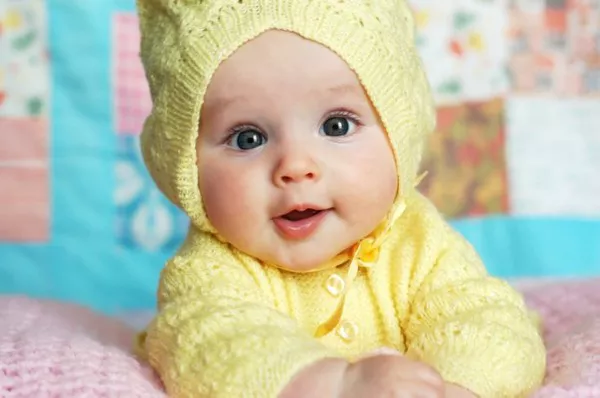As a new parent, it can be overwhelming to navigate all the decisions that come with having a newborn. One of those decisions is whether or not to buy bigger clothes for your baby. On the one hand, you want to make sure your baby is comfortable and not constricted by tight-fitting clothes. On the other hand, you don’t want to waste money on clothes that your baby will outgrow quickly. In this article, we’ll explore the pros and cons of buying bigger clothes for newborns and help you make an informed decision.
Pros of Buying Bigger Clothes for Newborns
- Comfort:
Babies grow quickly, and their bodies are constantly changing. By buying slightly bigger clothes, you can ensure that your baby is comfortable and not restricted by tight-fitting clothes. It’s important to note that newborns should be dressed in clothes that are loose enough to allow for movement, but not so loose that they become a safety hazard.
- Cost-effective:
Babies outgrow clothes quickly, and buying bigger sizes can help you save money in the long run. By purchasing clothes that are slightly larger, your baby can wear them for a longer period of time before outgrowing them. This is especially true for items like onesies and sleepers, which can be expensive to replace frequently.
- Practicality:
Newborns tend to have a lot of diaper blowouts and spit-up accidents, which can stain their clothes. By buying bigger clothes, you can avoid having to replace clothes as frequently since you’ll have more room to work with. Additionally, some parents find that buying bigger clothes makes it easier to dress their baby since they have more room to move around.
Cons of Buying Bigger Clothes for Newborns
- Safety:
Clothes that are too big can be a safety hazard for newborns. They can get caught on things or become twisted, causing discomfort or even injury. Additionally, loose-fitting clothes can increase the risk of suffocation. It’s important to make sure that your baby’s clothes fit properly and don’t pose a safety risk.
- Fit:
Clothes that are too big may not fit properly, which can be uncomfortable for your baby. For example, if the sleeves are too long, they may get in the way while your baby is trying to move their arms. It’s important to make sure that your baby’s clothes fit well and don’t hinder their movement.
- Appearance:
Clothes that are too big may not look as cute on your baby, and the excess fabric can make it difficult to see your baby’s movements or body shape. While appearance isn’t the most important factor to consider, it’s still something to keep in mind when making your decision.
Factors to Consider When Deciding Whether to Buy Bigger Clothes
- Age:
If your baby is younger than three months old, it may be best to stick with the appropriate size for their age. Newborns grow quickly, but they also need to be comfortable and safe. Once your baby is a few months old, you may want to start considering slightly bigger sizes.
- Brand:
Different brands may have slightly different sizing, so it’s important to check the size chart before making a purchase. Some brands may run smaller or larger than others, so it’s important to do your research and read reviews before making a purchase.
- Weather:
If your baby is born in the colder months, you may want to buy slightly bigger clothes to accommodate extra layers. However, if your baby is born in the warmer months, you may want to stick with the appropriate size since they won’t need as many layers.
Conclusion
In the end, the decision to buy bigger clothes for your newborn comes down to personal preference and practicality. While it can be tempting to buy clothes that your baby can grow into, it’s important to keep safety and comfort in mind. Clothes that are too big can pose a safety hazard and may be uncomfortable for your baby. On the other hand, buying slightly bigger clothes can be cost-effective and practical, especially when it comes to items like onesies and sleepers that your baby will wear frequently.
When making your decision, consider your baby’s age, the brand’s sizing, and the weather. Ultimately, you know your baby best and what will work for them. It’s always a good idea to have a mix of sizes on hand, so you can adjust as needed. Remember, the most important thing is that your baby is safe, comfortable, and happy.


